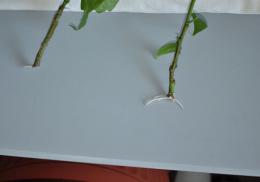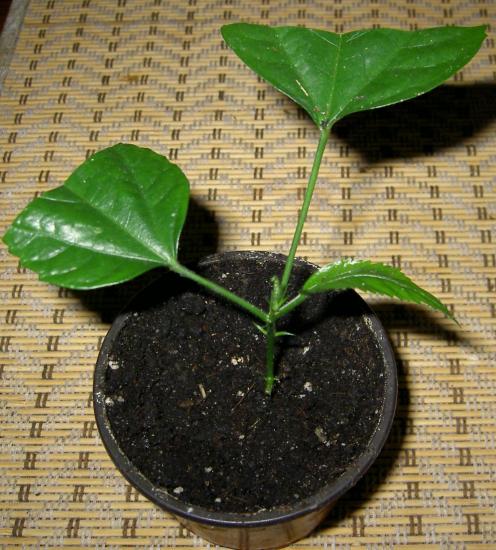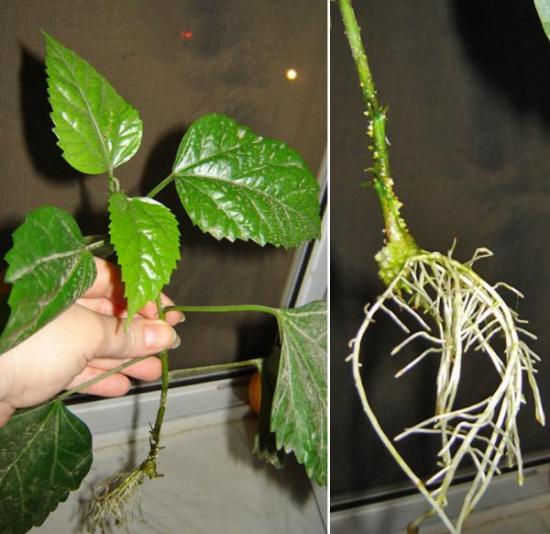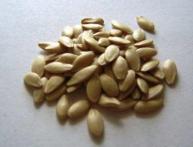Proper propagation of hibiscus by cuttings at home

Hibiscus is a fairly well-known group of plants that are most often called the Chinese rose, although in addition to it, the Hibiscus genus includes more than 150 different species.
Representatives of this genus can be found both in the wild and in cultivated form.
Despite the fact that hibiscus is most often understood as a houseplant, it can still grow in gardens in regions with very mild winters.
Because of the large beautiful flowers and shiny foliage, it may seem that hibiscus requires difficult care and reproduces poorly.
Let's try to figure out how true this is and whether simple propagation of hibiscus by cuttings is possible.
Content:
Hibiscus: features of care and reproduction
The wild ancestors of home and garden hibiscus mostly grew in fairly warm climates:
- China
- Malaysia
- India
- Japan
- South of Russia
Therefore, when growing hibiscus, it is important to provide the plant with a comfortable temperature. Hibiscus grows best at a temperature of + 23 +24 degrees, although in the cool season it can withstand a drop to + 15 degrees.

When grown in the garden, hibiscus is placed in a well-lit place; it does not need artificial shade.
In a room it is best to place it near southern windows, and in winter it is necessary to provide additional lighting.
Hibiscus responds favorably to additional watering. In summer in hot weather, and in winter in a room with dry air, it is advisable to regularly spray the plant with water.
In the summer, after this procedure, it is advisable to ventilate the room where the flower pot is located well.
To see flowers in the summer, you need to start feeding hibiscus starting in mid-March. One feeding is needed once every seven to eight days. It is most convenient to alternate mineral fertilizers with organic ones.
In order for beautiful double or simple flowers to open, it is advisable to create somewhat cramped conditions for the hibiscus root system and not rush to transplant it into an overly spacious pot.
If all conditions are met, buds will appear on the hibiscus by mid-summer. Flowering is quite long, some flowers fade, others immediately open.
Thus, hibiscus flowering can last for several weeks. In order for seeds suitable for sowing to form in its place after the flower withers, it is necessary to carry out artificial pollination of the flower.
To do this, you will need not only to choose the right day, but also to have some skills.
In addition, when growing hibiscus from seeds, not all seedlings will be identical to the mother plant, so it is more convenient propagate hibiscus at home using cuttings.
Reproduction of hibiscus by cuttings at home
To take cuttings, you need to select young, well-developed shoots with semi-lignified bark. Use a sharp, clean knife to cut off the shoot. It is better to do this immediately obliquely.
The optimal cutting length is about 15 cm. Three to four internodes should be placed on this segment.The upper part of the shoot must be shortened with a straight cut. The outermost pair of leaves is completely removed from the cutting.

The next leaf blades are cut by 1/2 - 1/3 of the part. It is advisable to soak the lower part of the cutting for several hours in an epin solution. You can simply dip the tip into a dry root former.
Fill the seedling cups with loose soil; you can mix garden soil with sand and peat in equal proportions. A good result can be obtained if you add a spoonful of bone meal to the soil for rooting hibiscus cuttings.
Depending on the size of the cutting, containers with a volume of 200 to 500 ml are suitable. Moisten the soil well and plant prepared hibiscus cuttings in it.
To maintain temperature and water balance, place a transparent plastic bag on top of the cutting.
The optimal temperature for root growth is not lower than +24 degrees. After about four weeks, the cutting has its own roots and is ready for transplanting into a pot.
During the rooting period, too much moisture may accumulate on the bag; just remove it from the cutting, turn it inside out and shake the water thoroughly.
Then return the package to its place. It is important to remember that with excess water, hibiscus cuttings begin to rot and become unsuitable for producing a new plant.
You can go another, simpler route.
Place the prepared plant cuttings for rooting in a solution of water and activated carbon. It is advisable to pour water either into opaque containers or into dark glass dishes.
As soon as the size of the young roots reaches 5 mm, the cutting can be transplanted into a pot. As a rule, cuttings with long, overgrown roots take root less well.
When choosing a method of propagating hibiscus, it is important to know that a plant grown from seeds blooms for the first time only in the fourth year, and the bush grown from cuttings will delight you with beautiful flowers in just a year.
Video about propagation by hibiscus cuttings:
Interesting information about the vegetable garden










